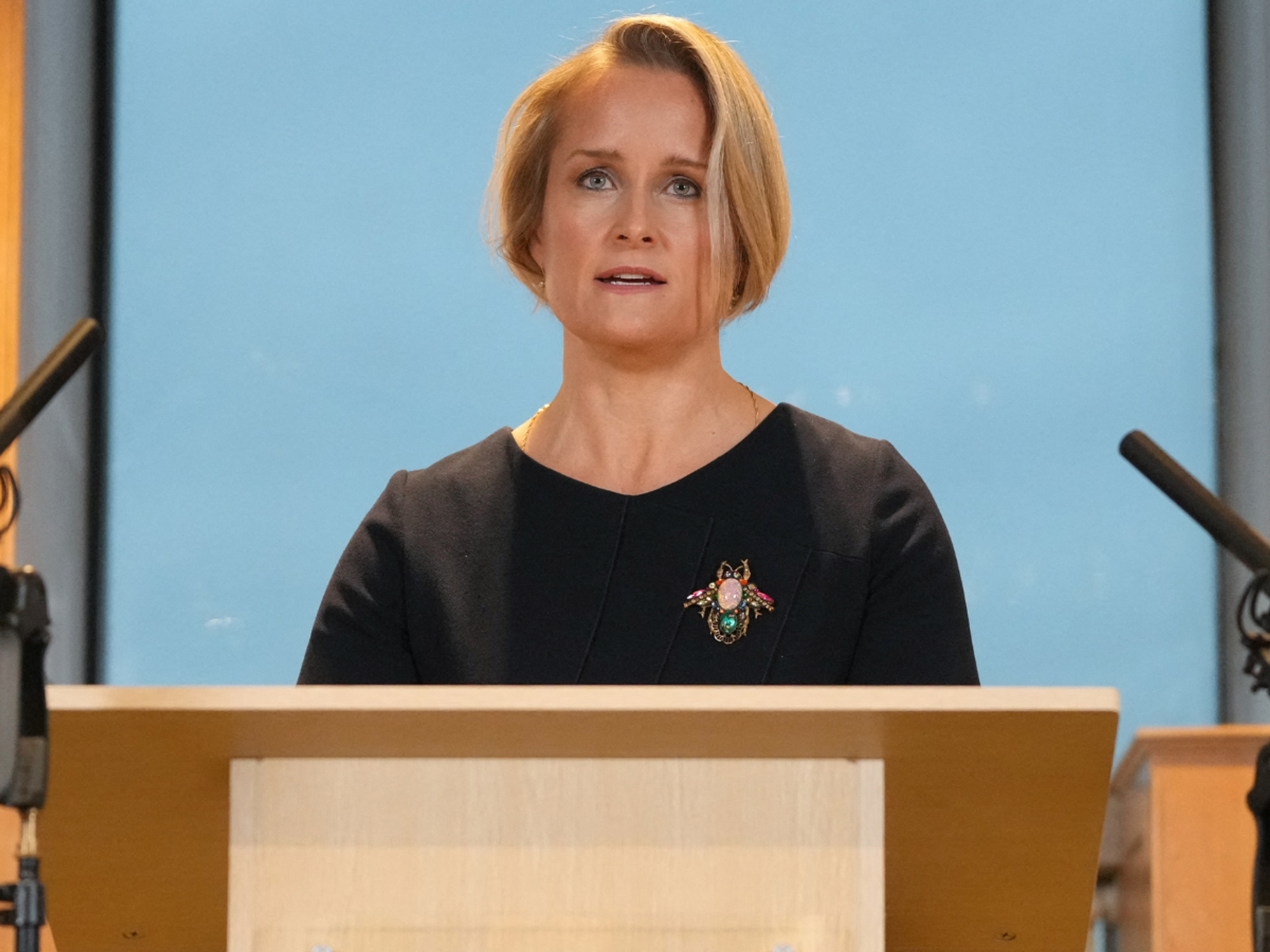Archaeology breakthrough: Message on 2,600-year-old Turkish monument finally deciphered

The message was left by the Phrygians, who inhabited the region from roughly 1200 to 600 BC
Don't Miss
Most Read
Archaeologists have finally deciphered a mysterious 2,600-year-old inscription on a Turkish monument.
Words etched onto the 52-foot-tall statue formed of volcanic rock have been translated from ancient Indo-European by a professor.
The monument, known as Arslan Kaya, features the word “Materan”, which translates to “mother goddess”.
The message was left by the Phrygians, who inhabited the region from roughly 1200 to 600 BC. Their territory now encompasses modern-day Turkey.

Archaeologists have finally deciphered a mysterious 2,600-year-old inscription on a Turkish monument
|Wikimedia Commons
King Midas, a legendary ruler who was known for his ability to turn everything he touched to gold golden touch, was a monarch of Phrygia.
Also on the free-standing spire, are carvings of lions, sphinxes, as well as the mother goddess who is standing in a doorway beneath the inscription
Mark Munn, the archaeologist who made the discovery, told Newsweek: “The Phrygian Mother is considered to be a powerful goddess ruling the natural world.”
Munn, a professor of Ancient Greek History and Archaeology at Pennsylvania State University, made the groundbreaking discovery during his first visit to the monument in April.
MORE ARCHAEOLOGY BREAKTHROUGHS:

Also on the free-standing spire, are carvings of lions, sphinxes, as well as the mother goddess who is standing in a doorway beneath the inscription
|Wikimedia Commons
He snapped a photo of the Arslan Kaya, and great lighting allowed him to work out additional letters that previous researchers had missed.
“If the light is not right, these traces cannot be distinguished from cracks in the rock," he explained.
“With my photographs, and comparing them to the best photographs taken by earlier visitors from the 1890s and 1950s, I could confirm that the name of the Mother - 'Materan' - can definitely be read in the center of the inscription,' he said.
“A few other letters can be read, but not enough to make whole words.”

The 52-foot monument was first discovered in the 1880s, though its inscription was extremely worn
|Wikimedia Common
He suggested that parts of the inscription that he could not translate could be the name of the person who dedicated the rock to the goddess.
“The name of the Phrygian Mother can be read on at least two of the other great Phrygian facades, but Arslan Kaya is the only one where her name and her image were both carved,” he added.
Munn’s translation has confirmed that Arslan Kaya was created in honour of the Phrygian mother goddess.
The 52-foot monument was first discovered in the 1880s, though its inscription was extremely worn.











